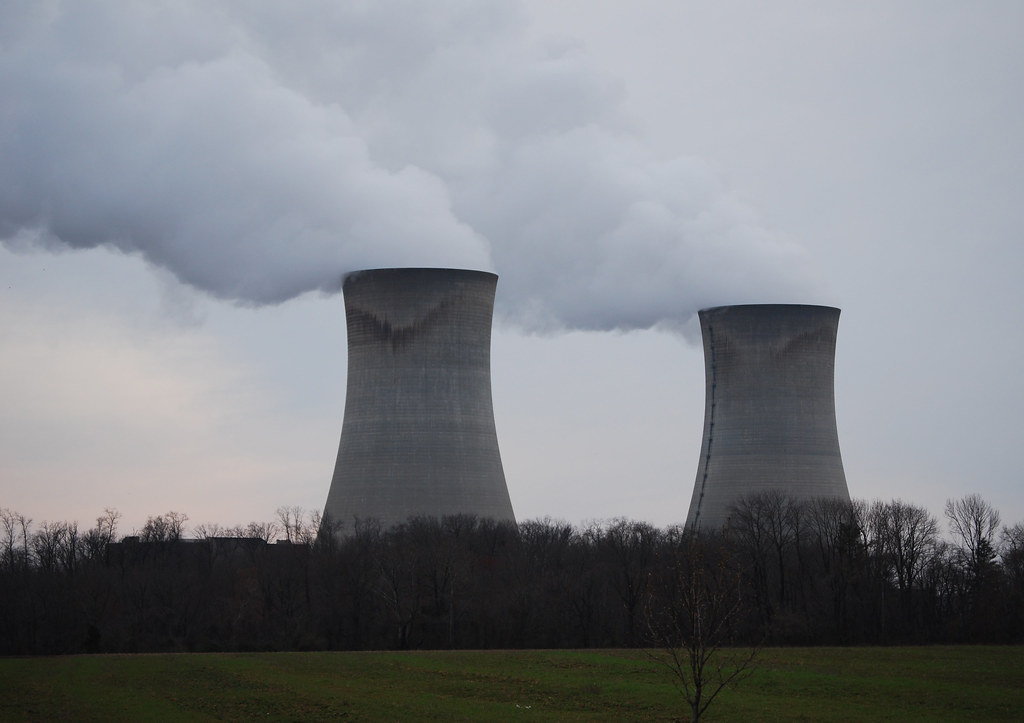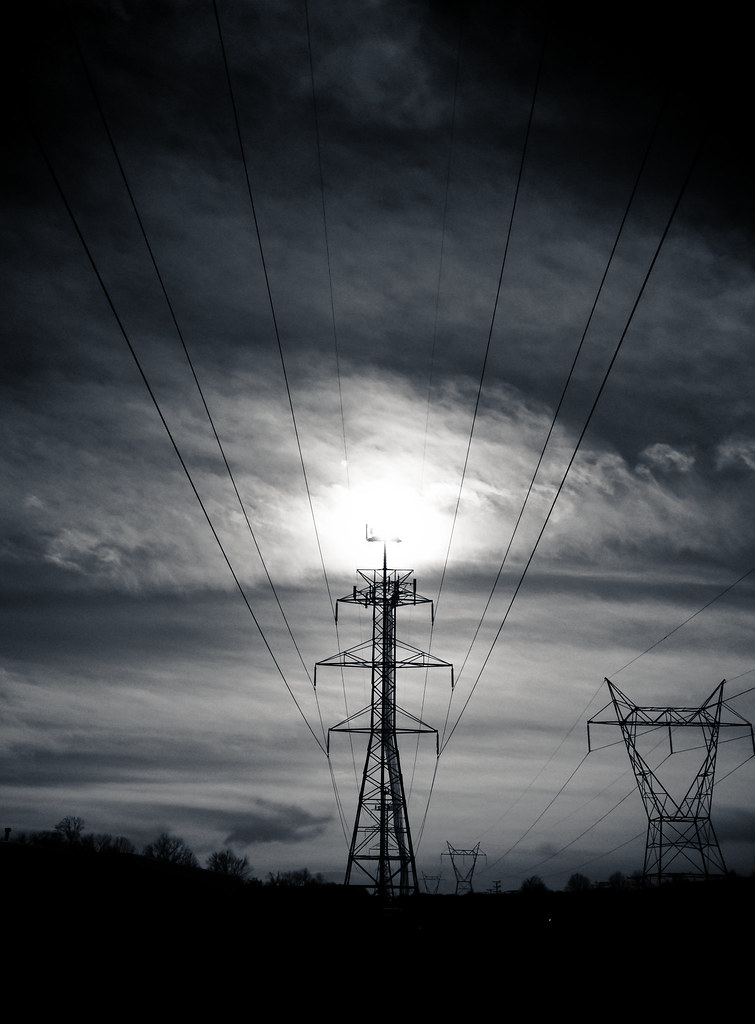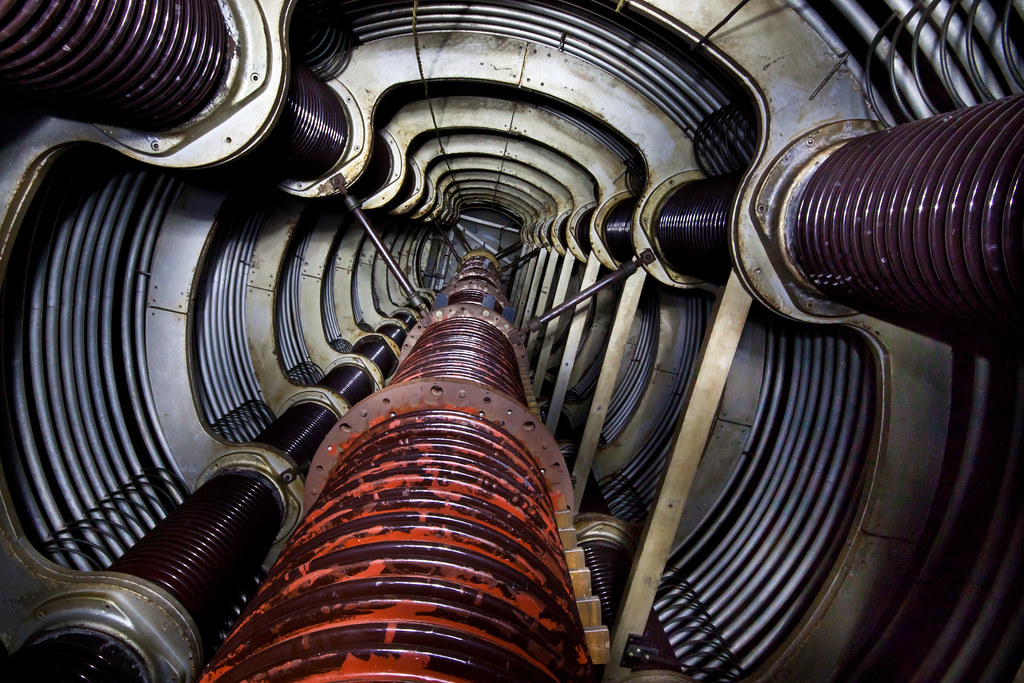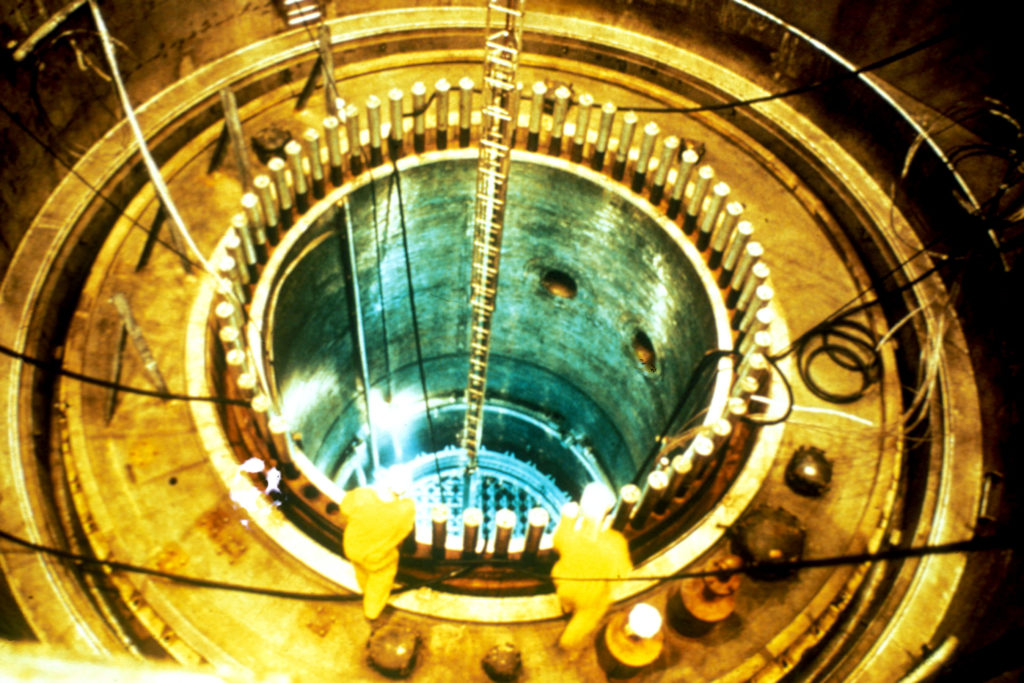Nuclear Power: Disaster or Salvation?
In 2011 a disaster rocked the world. A deadly earthquake and tsunami in Japan caused a nuclear reactor in Fukushima to lose power and go into a meltdown. This caused a disastrous explosion in the reactor and contaminated the surrounding area with deadly radioactive fallout. In the period after the explosion almost 50,000 residents were evacuated. This disaster was second only to the Chernobyl and brought back a question that has been asked by humanity since the first nuclear reactor was built: Is nuclear energy worth it? The answer to this question is nuclear energy is worth it and its benefits far outweigh the risks.

To start to know how to use nuclear reactors we must first explore some of the history of nuclear power. Nuclear power came soon after the nuclear bomb was made when scientists realized the power of nuclear energy. The first reactor to generate electricity was a started in 1951. In 1957 a nuclear power plant successfully powered a large scale area in Pittsburgh. This was an experimental breeder reactor that used uranium as a fuel source. Soon after, the private sector started to get involved in nuclear energy and Nuclear power plants started popping up everywhere. In 1986 one of the worst nuclear disasters in history happened: Chernobyl. In this incident a reactor exploded after a meltdown. In 2011 the Fukushima disaster happened which brought protests against the use of nuclear energy. Finally, in 2017 99 reactors were operating in the US and provided 20% of the nation’s energy.

Another key element to understand in nuclear reactors is how they work. Nuclear reactors work on by simply boiling water, turning it to steam, which then turns a turbine.
A basic reactor (excluding fast neutron reactors) has: 1) A fuel source, examples would be uranium, plutonium, etc. 2) A coolant to control the temperature. 3) A moderator to moderate the nuclear reaction and flow of neutrons. These make the reactor.

The last thing to know about reactors you need to know before you decide if they are good or bad is the types of reactors. The most common reactors are pressurized water reactors. Pressurized water reactors work by making water that is pressurized to 150 atmospheres flow through a reactor so that it eventually converted to steam that turns a turbine. Another common reactor is a boiling water reactor which works much the same way as a pressurized water reactor except the water boils straight from the fuel rods to the turbine. Both use water as a coolant. Some new reactors utilize fast-neutron designs that do not require a moderator. Another technology that is becoming more popular is molten salt reactors (MSRs). In an MSR the fuel source is dissolved in molten salt which acts as the coolant. Graphite rods moderate the reaction. The final reactor type is a breeder reactor which makes new fuel from already spent fuel.

The pros of nuclear energy are pretty big. Nuclear energy does not emit any carbon or greenhouse gasses which make it a cleaner energy to alternatives like coal or natural gas. Another pro of nuclear energy is it provides a constant source of a large amount of power. This makes it better than other carbon free energy sources like solar or wind because it is very reliable and energy does not to be stored away for when the wind doesn’t blow or the sun doesn’t shine. These all make nuclear energy one of the best power sources.

Although there are a lot of benefits to nuclear power some people still have concerns. Some of the most common ones are that nuclear energy produces a lot of radioactive waste and that nuclear energy isn’t safe enough. Both of these concerns can be easily be put away. Nuclear power is actually a very safe power source that is going to become even safer with the next generation of nuclear power plants. In fact, Chernobyl was mostly caused by human error and lax safety standards in the Soviet Union. These chased the nuclear reactor to go into meltdown. Nuclear waste is another problem with nuclear reactors but the new generation of reactors is seeking to change that with new advancements with breeder reactors and possibly fusion reactors.
Fusion reactors are another advancement in nuclear power that can solve many problems associated with nuclear power. Fission reactors work by fusing atoms instead of splitting them. This makes it so fusion reactors can use much more plentiful resources like hydrogen. It also produces less waste. Fusion also powers our sun so it produces a lot of power. Although fusion reactors aren’t yet in use for commercial operation scientists hope to make a commercially viable one by 2050.

The future of nuclear reactors will rest in the next generation of scientists and reactor designs. Currently, generation IV reactors are being researched and developed. The new designs include molten salt reactors, gas cooled reactors, and fast reactors among others. The first generation IV reactors are scheduled to go online by 2030. They pave the way for a new standard of safety and efficiency for nuclear power.
In conclusion, Nuclear powers are beneficial to humanity. It may be easy to look at a relatively new technology like nuclear power and say “We shouldn’t do that” but nuclear reactors are good for the world. Nuclear power offers many advantages over traditional power production. The benefits far outweigh any risks. So, next time you have a chance support nuclear energy.
This relates to civil engineering because nuclear power is a solution to a need from people for more power with less emissions. Nuclear power plants also incorporate other branches of engineering into their designs as well. Some examples are nuclear engineering and structural engineering. The end result is a nuclear reactor which can fit the needs of. The world. Nuclear power benefits us because of all of the engineering that went into the power production and safety measures in a nuclear reactor.
Sources:
Dirty Dangerous and expensive:
To see some more facts on the current state of nuclear energy:
U.S. Nuclear Industry
To look more into the Chernobyl disaster:
Chernobyl Accident 1986
To see what the future may be like for nuclear energy:
Nuclear Power in the World Today
To see all of the types of reactors:
Nuclear Power Reactors
To learn more about what happened in the Fukushima incident:
Fukushima accident
More on commercial fusion reactors:
Is Fusion Power Within Our Grasp?
More on the history of nuclear energy:
The History of Nuclear Energy
Generation IV reactor information:
Generation IV Nuclear Reactors
Youtube Videos:
A video on how reactor works: How a nuclear reactor works
A video to explain how fusion works: How fission works
A video explaining a few ways Nuclear energy is good:
How fusion works:
Image credits in order from top to bottom:















